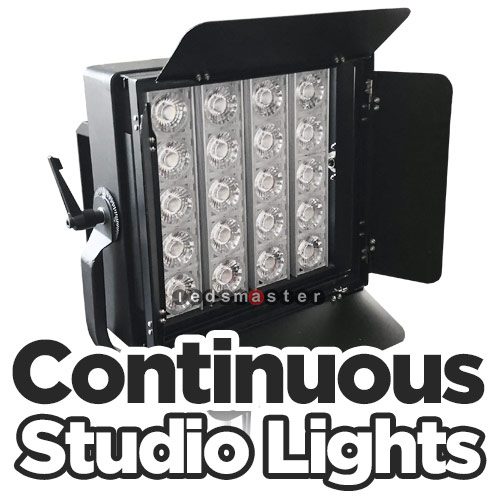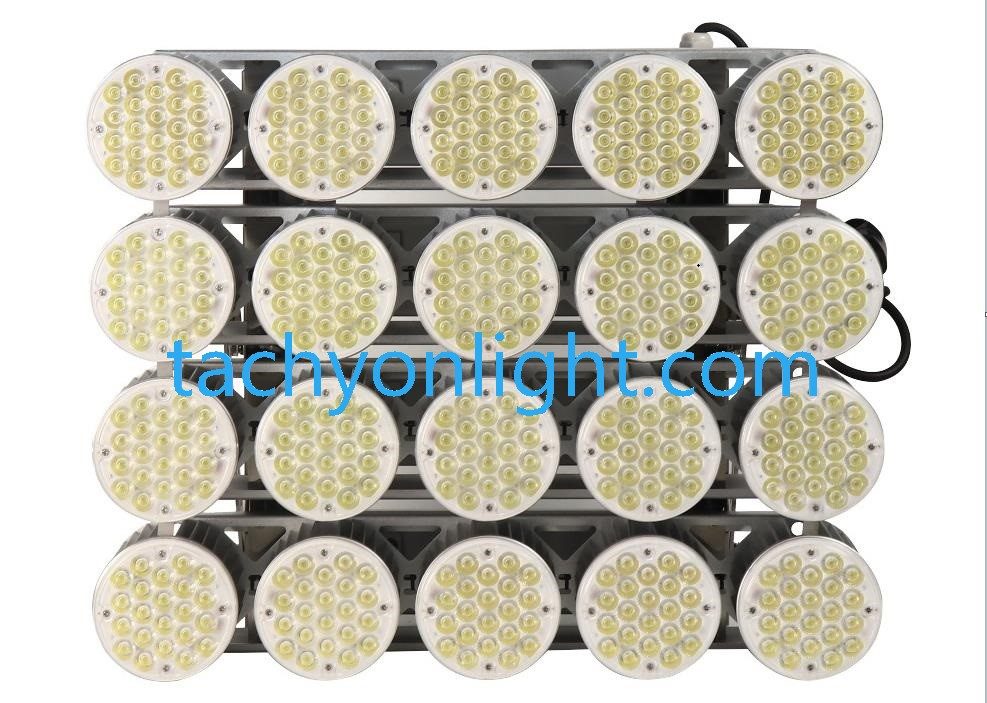Does Dimming LED Light Save Energy?
The current dimmers basically use “triacs” to control the light intensity of the bulb. It should be said that using a dimmer to adjust the same bulb, the darker the light, the smaller the current, and the relatively more power-saving.
Using a dimmer to control the brightness of the bulb does have an “efficiency” problem, but it is an unquestionable fact that controlling the brightness of the bulb can save power. As for the large and bulky “autotransformer” dimming, it only needs to be tested in the laboratory. It has no practical value and will not be used by anyone.
What is LED Dimmer?
Dimmer, an electrical device that changes the luminous flux of the light source in the lighting device and adjusts the level of illuminance. The purpose of the dimmer is to adjust the different brightness of the light. By reducing or increasing the RMS voltage, the light output of different intensities produced by the average power lamp is promoted. Although variable voltage devices can be used for various purposes, this regulation aims to control lighting.
Types of Dimming
There are three principles of LED dimmers
- Pulse Width Modulation (PWM for short): Digitize the square wave of the power supply and control the duty cycle of the square wave to achieve the purpose of current control.
- Constant current power regulation: The current can be easily adjusted by analog linear technology.
- Group control: Group multiple LEDs into groups and control them with a simple grouping device.
The above two methods 1 & 2 can use the adjustable resistance knob for stepless control. Due to the maturity of PWM module technology and lower cost, it is difficult to determine which method of flow control is used from the price. However, the adjustable resistor itself is not a very reliable component. Often due to the ingress of dust or the inaccuracy of the manufacturing process, there will be an instantaneous jump fault when operating the adjustable resistor, and the light source will flash. This kind of flicker is relatively unobvious when using the PWM method, but is more obvious when using linear technology to regulate the current.
Regardless of how the current is adjusted, it can be changed to a Tact Switch or an independent grouping switch (such as a grouper, a remote control) to control the lights. This quality is more reliable and the service life is much longer. It is really necessary to use adjustable resistors for fine lighting control. It is recommended to use high-quality adjustable resistors (usually a few dollars).
Whether the LED is driven by a buck, boost, buck/boost or linear regulator, the most common thread connecting each drive circuit is to control the light output. Nowadays, there are only a few applications that only need simple functions of on and off, and most of them need to fine-tune the brightness from 0 to 100%.
Regarding luminosity control, the main two solutions are linearly adjusting the LED current (analog dimming) or switching the drive current from 0 to the target current value back and forth (digital dimming) at a high frequency that is invisible to the naked eye . Using pulse width modulation (PWM) to set the cycle and duty cycle may be the easiest way to achieve digital dimming, because the same technology can be used to control most switching converters.
Introduction of Dimming System
Segmented Switch Dimming
Use the ordinary light switch on the wall to achieve 4-stage dimming, the first time it is turned on for full brightness, the second time it is turned on for 60% brightness, the third time it is turned on for 40% brightness, and the fourth time it is turned on for 20% brightness. The advantage of this system is that it can be dimmed using ordinary wall switches. And its power factor is as high as 0.92 or more. There is no concern about interfering signals. The disadvantage is that continuous dimming is not possible, and the operation is more troublesome.
Remote Control Dimming
Use infrared remote control to realize dimming LED. This is of course the most ideal solution. It can switch lights and use PWM for continuous dimming. The disadvantage is that the cost is high, there is no uniform specification, and it can only be used for high-end residences.
While in fact, we should come back and think about our main purpose of dimming. All the dimming purposes mentioned above are to meet the needs of people at home with different light intensities under different occasions. For example, it may be darker when watching TV, and brighter when reading a book. Most of these are in residences. Few offices, shopping malls, factories, and schools install dimming lights. Moreover, most of these places are equipped with fluorescent lamps and energy-saving lamps, and it is impossible to dimming or continuous dimming.
Epoch-making Dimming for Energy Saving
Since mankind realized that we must do everything possible to save energy and reduce emissions in order to solve the urgent problem of atmospheric warming, how to reduce lighting power consumption has been put on the agenda as an important issue. Because lighting electricity accounts for 20% of the total energy consumption, fortunately, high-efficiency and energy-saving LEDs have appeared. LEDs themselves are more than 80% energy-saving than incandescent lamps and about 50% energy-saving than fluorescent lamps and energy-saving lamps. They are not like fluorescent lamps and energy-saving lamps. Contains mercury. If dimming can also be used to save energy, it is also a very important energy saving means.
But in the past, all light sources were not easy to achieve dimming, and easy dimming is a great advantage of LEDs. Because in many occasions there is no need to turn on the lights or at least not so bright, but the lights are very bright, such as the street lights from midnight to dawn; the lights in the subway car when driving from the underground to the suburban ground, more common When the sun is shining, the fluorescent lights in offices, schools, factories, etc. near the window are still on. These places do not know how much electricity is wasted every day. In the past, high-pressure sodium lamps, fluorescent lamps, ceiling lamps, and energy-saving lamps could not be dimmed at all.
After switching to LEDs, the light can be dimmed freely, and the power can be completely saved. Therefore, dimming on the home wall is not the main application for lamp dimming, and the market is also small. Instead, on-demand dimming of street lights, offices, shopping malls, schools, and factories is the more important occasion. Not only is the market huge, but also energy saving is considerable. What these occasions need is not manual dimming but automatic dimming and intelligent dimming.
Street light Dimming
Generally speaking, street lights are useless after midnight, so the usual practice is to turn off the lights or turn on half the brightness after 12 pm. But the most reasonable way is to control the brightness of the street lights according to the traffic flow, or even control the brightness completely adaptively.
In order to realize this kind of intelligent dimming, it is actually very simple. As long as the curve of traffic flow statistics in this area is input to a single chip microcomputer, the PWM dimming signal is given to the constant current drive source according to this curve.
Photosensitive automatic dimming LED light
In order to reduce unnecessary lighting under strong sunlight, photosensitive auto-dimming LED fluorescent lamps (or any other LED lamps) can be used.
The function of the photosensitive element is to feel the surrounding sunlight. If the sunlight is stronger, it outputs a PWM signal to all LED lamps close to the sunlight (such as LED fluorescent lamps) to dim their brightness. A dimming signal generator can adjust many LED lamps, as long as the constant current drive source of these lamps has a PWM dimming control interface. The efficiency of this dimming system itself is as high as 92%. And there is no compatibility problem with the thyristor dimming circuit on the wall. This kind of fully automatic adaptive energy-saving dimming is impossible for any gas discharge tube such as fluorescent lamps, energy-saving lamps, high-pressure sodium lamps, etc., but it is what LED lamps are best at.
Dimming technology
In today’s LED industry, the best temporarily is LED dimming technology and LED drive power. The main aspect of LED driving power is LED street light power supply. And this time we mainly talk about LED dimming technology. LED dimming technologies mainly include the following:
- Thyristor dimming: This kind of dimming technology developed in incandescent lamps, because incandescent lamps are purely resistive loads, the use of thyristor chopping technology can achieve smooth dimming, but it is not practical for LEDs. From the dimming power supply compatible with thyristor, the efficiency is usually very low, 80% is difficult to achieve, which violates the original intention of LED energy saving, secondly, it is difficult to achieve high power factor, and again, it can only work on a single input Under voltage, this dimming technology will inevitably die out due to the demise of incandescent lamps, but it will exist for some time due to the high market penetration rate.
- Linear dimming: Use the dedicated dimming foot of the constant current chip to adjust the current of the LED to achieve the purpose of dimming. This kind of technology has a good effect, but the wiring is complicated, which is not conducive to lighting such as fluorescent lamps and street lamps. Many desk lamps use this method.
- PWM dimming: This method is similar to linear dimming, and together with linear dimming, it occupies most of the dimming table lamp. This PWM dimming users and customers are also very happy.
- Remote control dimming: It is divided into infrared remote control and wireless remote control. It is more complicated to realize, but it can achieve effects that can not be achieved by changing color temperature, color and other dimming methods. It is mainly used for panel light dimming, and some bulbs are also available. The lamp adopts various dimming methods.
- Segmented dimming: This dimming method uses the switch on the wall within a specified time to achieve the purpose of dimming. The advantage of this method is that no additional dimming components are needed. According to the existing installation method, each Lights can be dimmed.
On the other hand, because the dimming is completely controlled internally by the power switch chip, high efficiency and high power factors can be achieved within the full voltage range regardless of the brightness of the work. The disadvantage is that it can only be pressed The preset brightness cyclic adjustment cannot achieve stepless dimming.
In addition, there are few types of such ICs, and the current adjustment rate is not satisfactory. However, as the technology matures, IC manufacturers will surely become more perfect. Yes, this kind of dimming technology will become the mainstream of dimming technology in the future. - DALI (Digital Addressable Lighting Interface): is a new intelligent lighting system control protocol: the system has the characteristics of simple structure, convenient installation, easy operation, and excellent functions; the protocol defines the communication between the electronic ballast and the controller The DALI protocol system is composed of distributed intelligent modules; each intelligent module has the ability of digital communication and digital control. The memory of the DALI module stores the module address and lighting scene information; there are many intelligent modules connected to the DALI bus. The DALI bus can carry out digital communication with various intelligent modules, transfer instructions and status information, and realize functions such as lamp switching, dimming control, and system settings. The powerbus bus also conforms to the DALI protocol.





